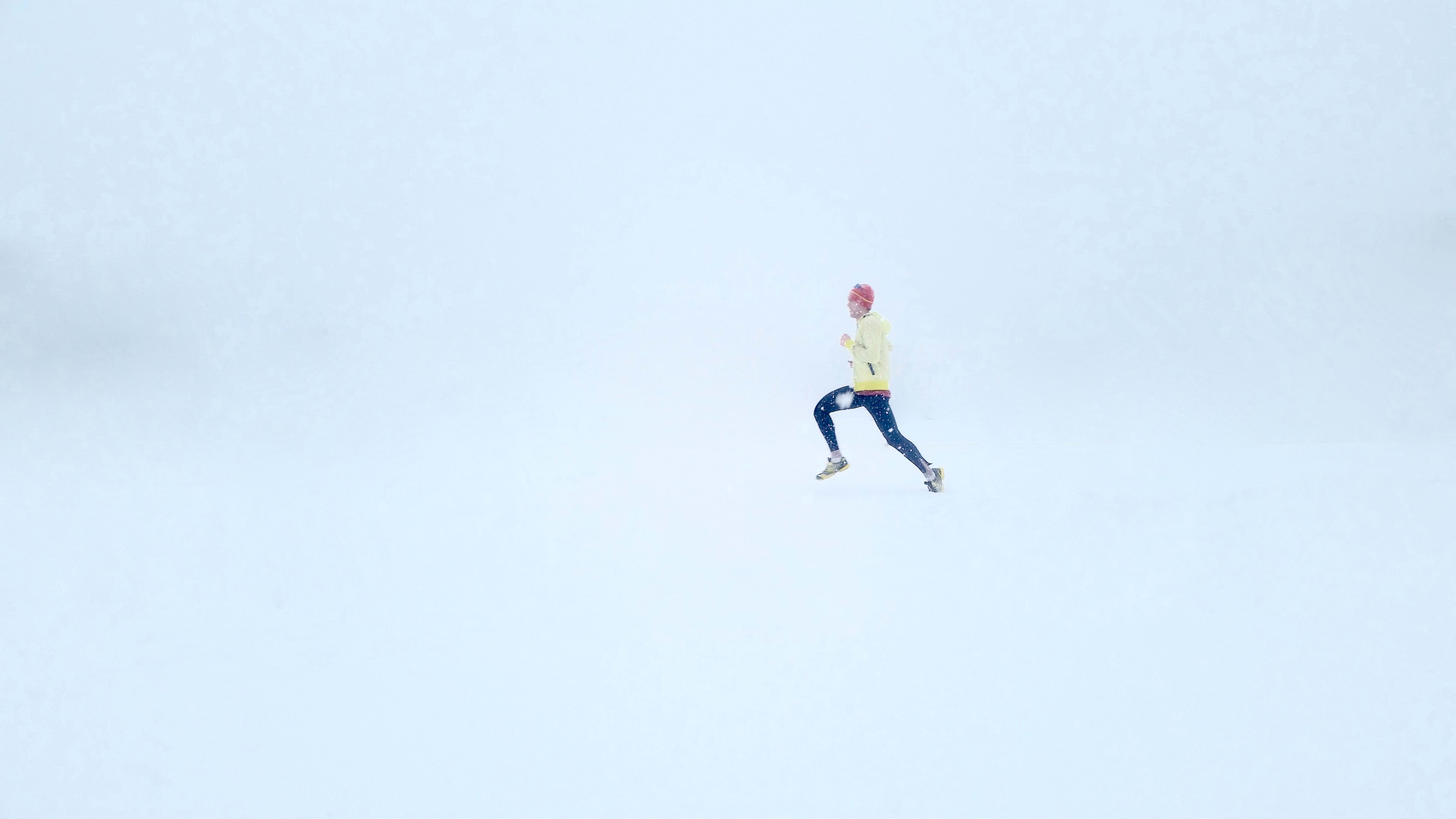
The American Birkenbeiner (or Birkie) is the largest ski race in North America and third largest in the world; how do you fuel and prepare for an event like this?
The American Birkenbeiner (or Birkie) is the largest ski race in North America and third largest in the world and also one of the longest at 50K Skate and 55K Classic. We interviewed Caitlin Gregg, a 4x American Birkebeiner Champion ’16, ’14, ’13, ‘11 about how she approaches nutrition for this event.
1) What foods/ supplements do you consume pre, during and post-event?
One of the biggest mistakes an athlete can make is to assume that sports nutrition only matters on the day of an event. Just like training your muscles and lungs to handle the stresses during a race, you have to train your body to function optimally for its nutritional needs during a race as well.
My fueling strategy starts months in advance with Infinit Nutrition's products. I use their formulas for my pre, during and post-workout needs while I am training so that my body is familiar with their products. I like that all of Infinit's products are 100% natural without any artificial colors or flavors.
Although Brian (my husband) and I are both training and preparing for a similar event, we have different engines that burn at different rates; we sweat at different rates and of course have different taste preferences. Infinit Nutrition allows us to customize specific formulas for training and competition. In the days leading up to the Birkie, I make sure that I am staying well hydrated even though my total training volume is drastically reduced. Even the slightest oversight in hydration can make a big difference in a long, hard race like the Birkie.
The truth is our bodies absorb water best in a 6-8% glucose solution. Using sports hydration mixes even during our shortest workouts is beneficial and replacing electrolytes means faster recovery for your upcoming race. I also make sure that I am fueling immediately after workouts. Although I eat an extremely healthy diet every day, I cannot emphasize enough how much better our body can digest and absorb the ingredients in a quality recovery drink after a training session rather than trying to eat whole food.
Alternative product choices recommended by The Feed & American Birkebeiner:
Clif Shot Recovery Mix (Protein Recovery)
2) How do you eat during the race?
During the race, I make sure to drink (or feed as we call it) early and often. I try to feed every 5-10K, never letting more than that distance pass without replenishing a new bottle. There are multiple reasons for this...
At the halfway point I am ready for some caffeine, and I always look forward to my first flask of Napalm. I always consume the gel formulas with plenty of fluid!
Again at the 45K mark when I am getting ready for the final 5K and sprint I want to make sure that my blood sugar is in a good place so I can counter any sudden attacks and stay sharp as I anticipate the final 200 meters. I usually go for another Napalm at this time and say goodbye to my water bottle pack (toss it to the side of the trail) so that I can feel light and agile.
Alternative product choices recommended by The Feed & American Birkebeiner:
3) How do the elements/ temperature impact your consumption of hydration?
One of the more interesting issues with long winter endurance sports if the fact that it can be hard to tell how much you are actually sweating. I spend hours trying to figure out the correct amount of clothes to wear so that I can stay warm but not overheat during the event. I have found that you can always toss a hat or gloves, but adding more layers mid-race can be extremely challenging.
It is easy to underestimate when it is so cold out that you are still losing a lot of fluids and burning sugars.
One of my key strategies to focus on during cold events is making sure my blood sugar and hydration stay at an optimal level. As soon as your blood sugar drops and you start to slow down your sweaty clothing will send you into a tailspin of chills. If you maintain momentum and energy expenditure throughout the event, you won't hit the major chill and bonk that usually accompanies it. You need to replace the calories you are burning not only on course but also using trying to stay warm.
